The city gone by
It’s hard to imagine how different the Albany of the past was from the Albany of today, how different the character of community and everyday life. I look at the old buildings as I walk or bike through town and imagine a time when things were very different. All 16 floors of the State Bank building were full (full!) with every kind of venture imaginable – a beauty salon on the 9th floor, offices of sand and gravel companies, the Buckeye Ribbon and Carbon Company, and more lawyers than you could shake a stick at. But Albany, like every other city, was filled with ventures that have been lost to globalism or time. Once it was home to a handful of piano makers, which is about how many there are in the world now (and the piano makers of Albany supported the felt makers of Dolgeville). But the city was home to all kinds of things that strike us as strange today, as evidenced by these clippings from the Sampson & Murdock 1907 Directory of the Cities of Albany and Rensselaer.
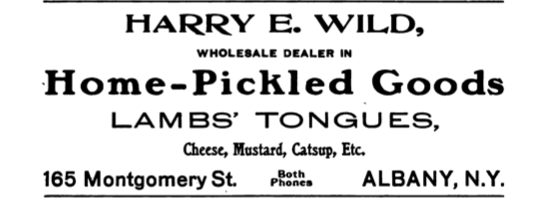 For instance, lambs’ tongues. It’s hard to imagine a food supplier today who would highlight, of all the things in their inventory, the availability of lambs’ tongues. But Harry E. Wild apparently thought that was a major selling point in 1907.
For instance, lambs’ tongues. It’s hard to imagine a food supplier today who would highlight, of all the things in their inventory, the availability of lambs’ tongues. But Harry E. Wild apparently thought that was a major selling point in 1907.
But yes, there’s more . . . .
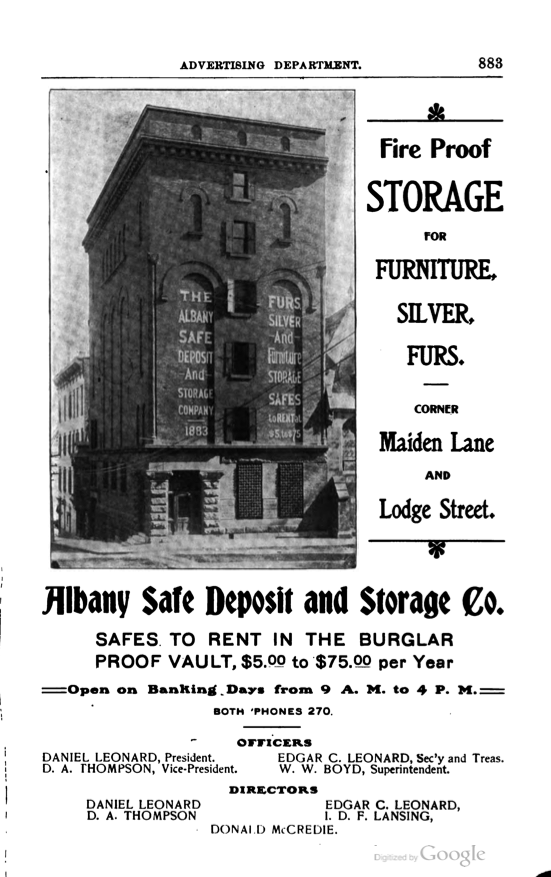 Storage is nothing new, though it was a bit grander than the steel sheds we use today. And there was a lot more fur inside.
Storage is nothing new, though it was a bit grander than the steel sheds we use today. And there was a lot more fur inside.
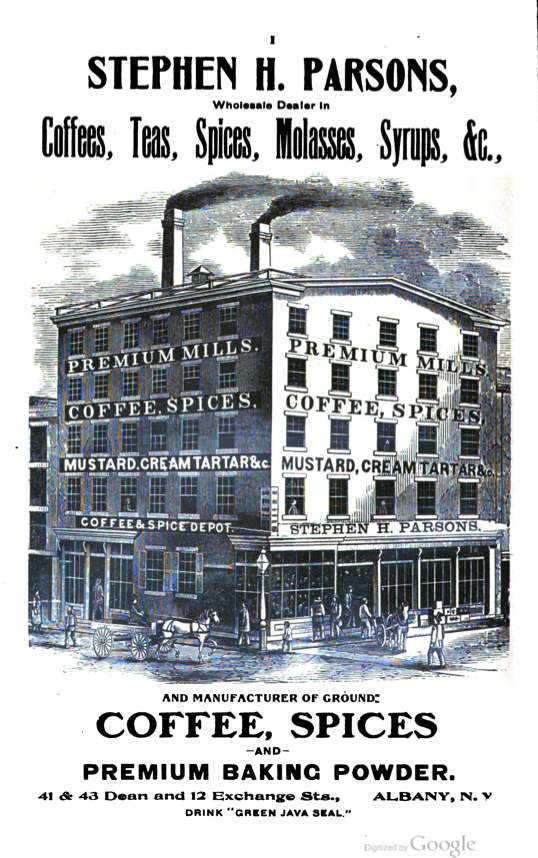 Stephen Parsons’ wholesale operation was in a building that doesn’t exist anymore, on streets that don’t exist anymore. So if you’re looking for cream tartar, you’re out of luck.
Stephen Parsons’ wholesale operation was in a building that doesn’t exist anymore, on streets that don’t exist anymore. So if you’re looking for cream tartar, you’re out of luck.

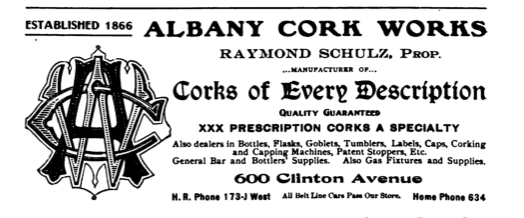
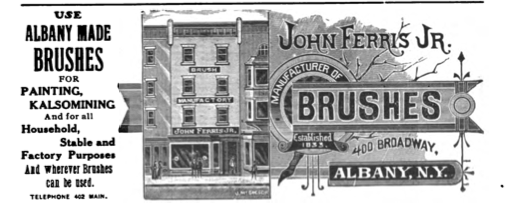
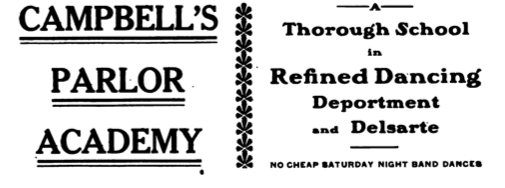
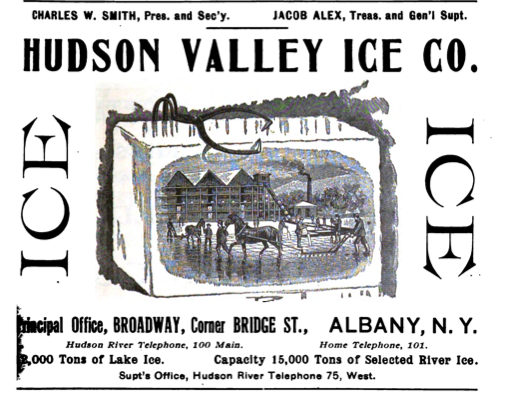
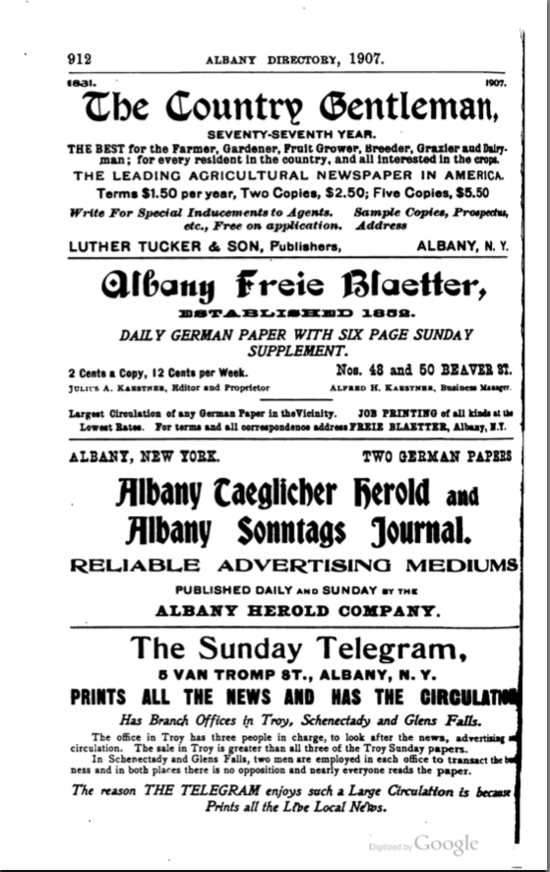
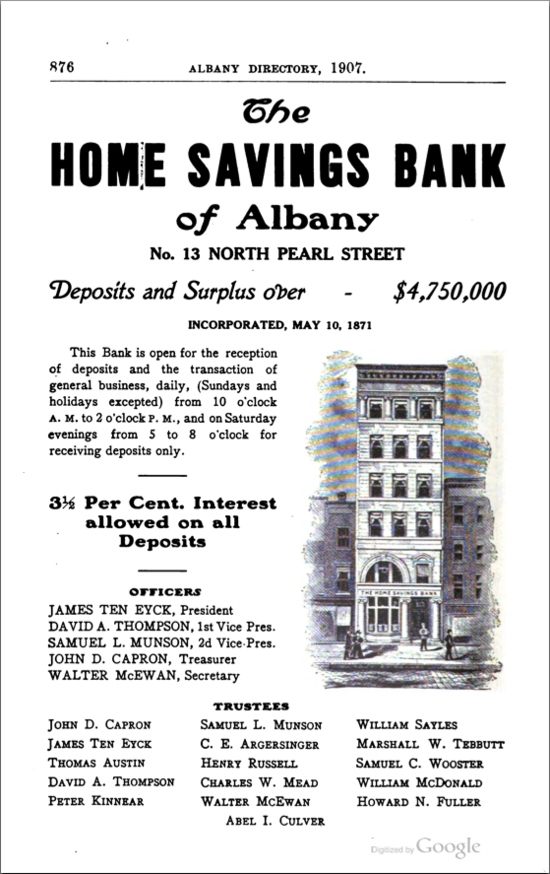
This reminds me of the bung factory:
http://alloveralbany.com/archive/2009/03/05/livin-in-the-bung-factory
It makes me smile when I think about people just casually using the word “bung” in everyday conversation.
Also: that Parsons building is beautiful. If it was still around today it would have been great street-level retail, with residential upstairs.
A thoughtful insight and ideas I will use on my blog. You’ve obviously spent some time on this. Well done!